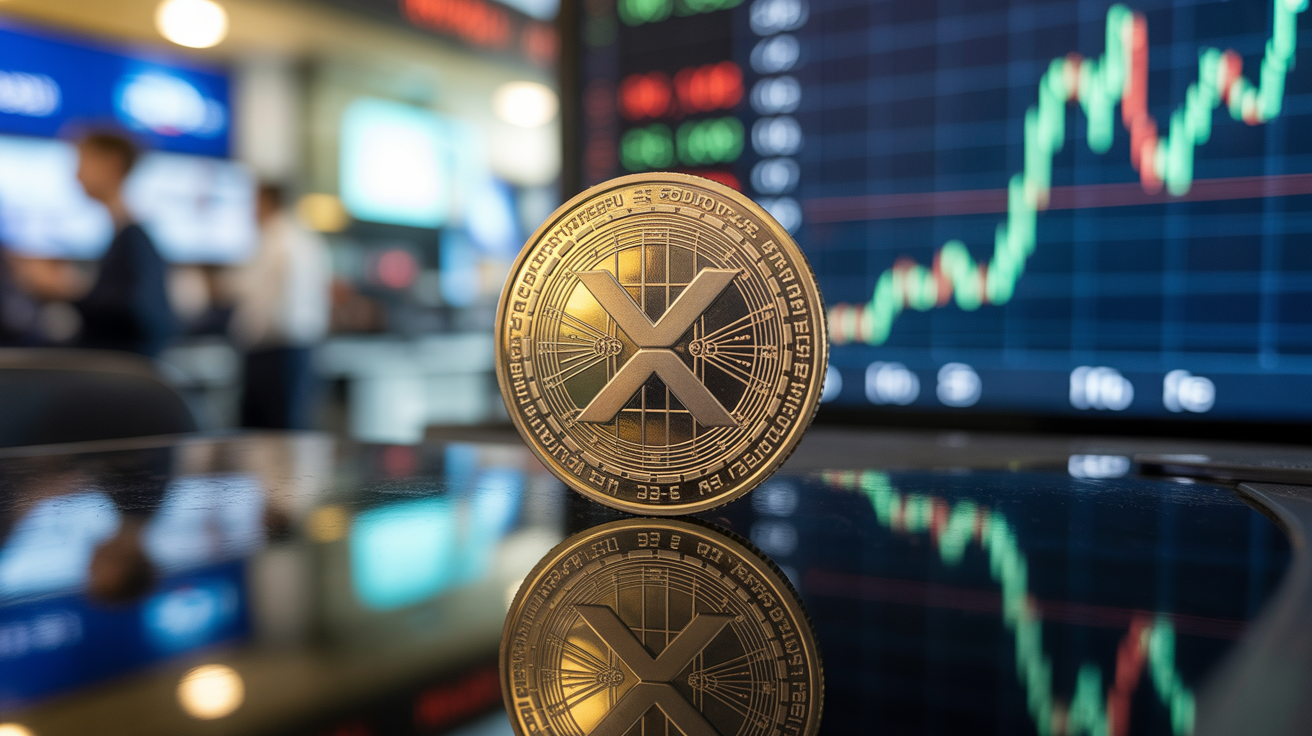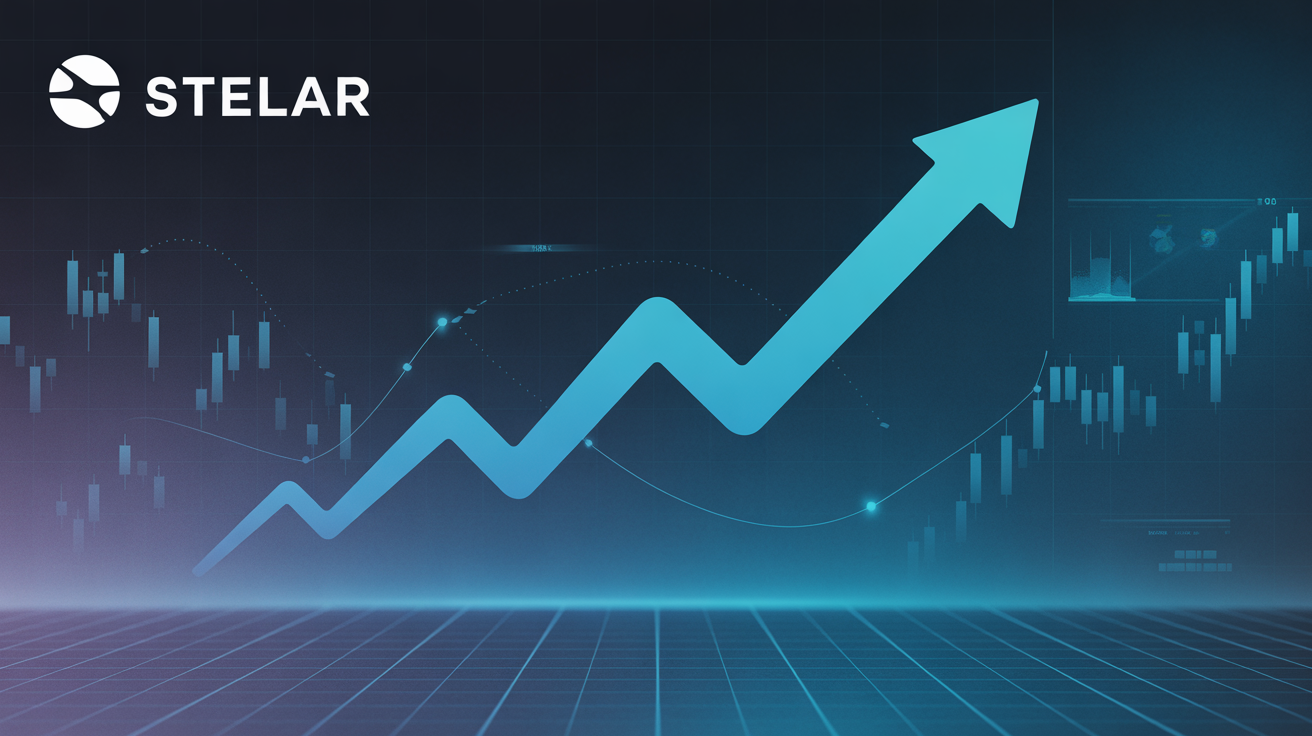Bitcoin vs. AI: New Environmental Data Sparks Fresh Debate on Energy Consumption
A new emissions report has sparked a fresh wave of debate comparing the environmental toll of artificial intelligence models and Bitcoin’s proof-of-work system.
French startup Mistral AI released a rare environmental impact assessment of its latest large language model, Mistral Large 2, offering transparency rarely seen in the AI industry. Over an 18-month period, the model consumed 281,000 cubic meters of water, emitted 20.4 kilotonnes of CO₂, and used up 660 kilograms of minerals. By comparison, a single chatbot reply consumes just 1.14 grams of CO₂, 45 ml of water, and 0.16 mg of mineral resources.
In contrast, Bitcoin’s carbon and resource footprint remains orders of magnitude higher. On average, a single BTC transaction produces 600–700 kg of CO₂, uses over 17,000 liters of water, and generates 130+ grams of e-waste. The network as a whole emitted nearly 48 million tonnes of CO₂ last year, per data from the Cambridge Centre for Alternative Finance.
However, these comparisons require important context. Bitcoin’s energy mix is more diverse than critics often assume. A Batcoinz survey from March 2023 found that hydropower, wind, and solar account for over 40% of Bitcoin’s total energy input. Another 7.9% comes from nuclear sources. This is in stark contrast to the assumption that BTC mining is overwhelmingly powered by fossil fuels.
Meanwhile, LLMs often benefit from cleaner energy grids by virtue of geography. Mistral, for example, operates in the European Union, where nuclear accounts for 22% of power generation. Had the model been trained in a coal-heavy U.S. region, its environmental impact would have been significantly higher.
There’s also a structural difference: Bitcoin’s energy cost is time-based, with miners solving blocks roughly every 10 minutes, regardless of usage. AI models, on the other hand, scale their energy use with the frequency of queries and training sessions. A single chatbot reply is lightweight; training a frontier model like GPT-4 can consume millions of GPU-hours and considerable resources.
As both sectors continue to expand and come under regulatory scrutiny, transparency efforts like Mistral’s may serve as a benchmark. Bitcoin, for its part, continues to evolve: block reward halvings gradually reduce emissions intensity and push miners toward greater efficiency.
The broader conversation isn’t just about emissions—it’s about infrastructure, utility, and innovation. Both AI and crypto will need to align with cleaner energy sources to maintain long-term sustainability in the digital economy.
Market Movers – July 23, 2025
- Bitcoin (BTC): Trading at $119,500, sliding slightly after hitting $123,100 last week. Retail selling on Binance has driven Net Taker Volume under $60 million, suggesting near-term weakness.
- Ethereum (ETH): Dropped 3% to $3,696, amid technical resistance and concerns of a broader market correction despite steady institutional interest.
- Gold: Up nearly 1% to $3,430.41, benefiting from declining bond yields and investor hedging amid geopolitical uncertainty.
- Nikkei 225: Rallied 1.71%, after the U.S. and Japan finalized a major trade deal that slashes tariffs to 15% on key exports.
- S&P 500: Closed slightly higher at a new record of 6,309.62, buoyed by mixed but mostly optimistic earnings results.




























